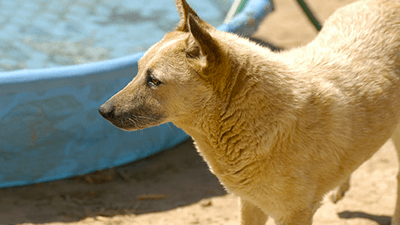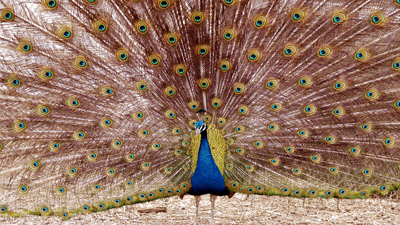Training starts from the day you interact with your animal. A good start will ensure a long happy relationship. Here are a few tips to find a good trainer or start on your own. Training is not hard if you know what to do.
Training starts in your home. A good trainer will come to you and teach you how to handle your animal. This happens when the trainer gets to know you and your environment. I always tell my clients, I am training you how to train the animal because I want you to have that bond with the animal not me.
Multiple weeks of training is a waste of precious time. Basic training methods should have been taught to you right from the beginning. Only when you want to do specialty training should the process with you and a trainer stretch over a period of time. There are also special cases with the elderly and special needs people that may take longer.
Socialization starts with you. Do not worry if the animal interacts with an assortment of animals at the beginning; let it bond with you. Socialization should come after an animal is trained. With your guidance a trained animal that trusts and respects you will handle themselves correctly in most situations. Some animals just may not like other animals or may just naturally be nervous to the outside world. However, if trained correctly they will tolerate the situation. Be aware of your animal’s needs.
Some animals will change with age. Spaying or neutering is helpful and healthier for an animal in most cases.

Never use choker chains or pinch collars, as this could be considered abusive. It is unnecessary to cause pain to an animal that you are trying to teach, particularly one that is not aggressive.
Gentle Leader is another form of lead (collar). Most people look at the name and think this lead is a good product. Our opinion is that gentle leaders are great advertisements. Just because the company came up with the word gentle does not mean it is true. The gentle leader handles like a muzzle and pulls the animal in an unnatural position. Once again your best tool for training is a regular nylon collar.
Trainers that use these methods just want to use a quick fix. Usually they are uneducated or scared of the animal. Think about it, if you feel pain, would you think of the command or the area that hurts? You truly do not get the full focus of the animal.
If a trainer uses “sit” as a first command, be careful. The first lesson you must teach an animal is to focus. This can be done in different ways depending on the animal.

Do not train with food. This may get an animal to bite. They always want food, so they might get frustrated. Also, if you use food and someone such as a child has food, they may want it. The animal may become food aggressive. If trainers train with food, once again it is a quick fix with a bad end result. What happens if you need that animal to obey you and you do not have any food? There are much better ways to train with the end result that won’t make you look like a menu; instead you will receive respect, trust, and love. You will want the animal to listen to you without devices.
This leads us to the next subject: clickers. Don’t use them! You will need to get rid of the clicker eventually, so why not train correctly from the beginning? Also, what happens if you lose your clicker, or the worst nightmare someone else has a clicker?
The right toys at the beginning are very important. Do not use material toys (such as cloth, rope, socks, etc.) It is hard for the animal to tell the difference between a couch and a toy. Let the animal get to know your home better. Squeaky toys sound like little children; we do not want to promote this. When an animal hears a sound like this it associates it with the toy and can possibly harm the child. Good toys are balls; they promote a bond and teach them commands. Bones are good, except rawhide. If your animal will not chew on anything else, use compressed rawhide (not soft rawhide). Big pieces can get stuck in their throat and rawhide swells in the belly. Tug toys are not suggested is an animal tends to bite. Let it know its boundaries before you play with tug toys. The same suggestion applies to playing with animals with your body parts such as your hands, feet, hair, etc.
Training an animal takes patience. You must make the time to come out of all training sessions on a positive note.
We hope these few suggestions will help you in your training and decision making.
We have been established since 1988, living and working with hundreds of animals at one time, many which are of different species and breeds. Our experience in working with these animals has given us a great deal of practical knowledge that has made us a leader in our field of animal care, education, and support.
